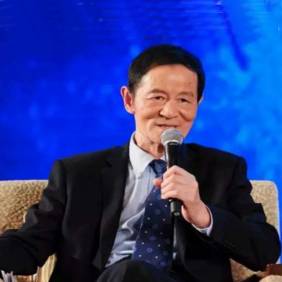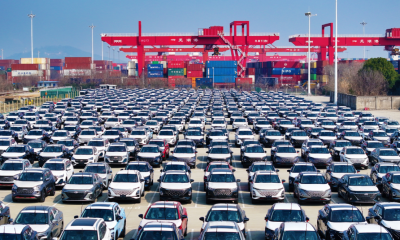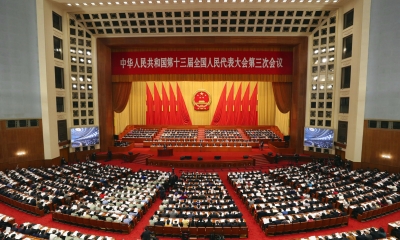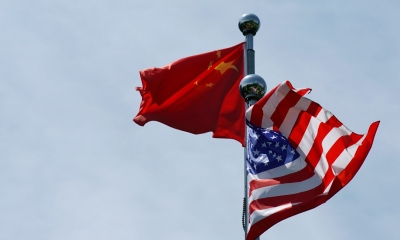China-US Relations Expectation: Washington Needs to Make a Change
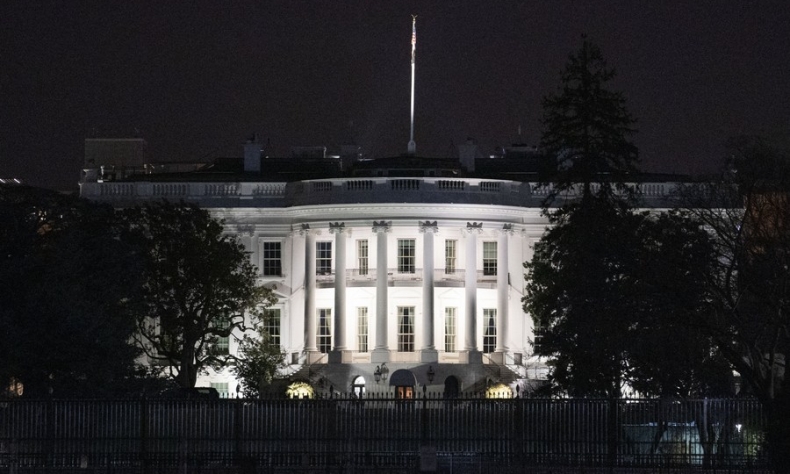
Washington needs to make a change to its China policy if it wants to achieve a stable and sound China-US relationship.
The five hours-long meeting between Chinese State Councilor and Foreign Minister Wang Yi and the US Secretary of State Tony Blinken on July 9, on the sideline of the G20 FM meeting in Bali, Indonesia, has pushed the high-level China-US dialogue to a new high.
Before the event, a dialogue had taken place between Chinese Vice Premier Liu He and US Secretary of Treasury Janet Yellen on economy and trade, and between the two nations’ defense ministers. There is also an expectation of a conversation between Chinese President Xi Jinping and US President Joe Biden.
The recent developments have provided a strong signal that both China and the US, the world’s two largest economies, share a desire to understand the key concerns of each side, the key differences between them, and the basic pathways to manage these differences and avoid possible conflict. However, Washington has not stopped rivalry actions and unilateral sanctions against China, which reveals Washington’s double-face policy on China.
Building walls around China
During his trip to Asia from May 20 to 23, US President Biden launched the Indo-Pacific Strategy (IPS) – a move aims at containing China by building a collaboration and alliance mechanism across Indian Ocean and Pacific region. Biden also launched Indo–Pacific Economic Framework (IPEF) which notably excludes China, as the economic pillar in support of IPS. As US Secretary of State Blinken noted, their objectives are to reform the strategic environment of China’s neighborhood.
Meanwhile, a joint communique issued by the G7 summit in Germany mentioned China as many as 14 times over China’s internal affairs. It also announced a plan of $600 billion to seek finance for infrastructure projects in low-income developing countries, which is widely regarded as a strategic plan to counter the Belt and Road Initiative (BRI) proposed by China.
Furthermore, during the NATO summit in Madrid, leaders passed the Strategic Paper 2022 which mentions China as a “systemic challenge” on eleven occasions despite China is thousands of miles away from Europe and sharing no border with NATO members.

Both the G7 and NATO summits marched to Washington’s tune. US Secretary of State Blinken on many international occasions had drummed up support from other countries to put China as a “systemic challenge” to the US and the West. So the NATO summit put the term in its strategic paper. In addition, following Washington’s Indo–Pacific Strategy, Japan, South Korea, Australia and New Zealand were invited to this year’s NATO summit, seen by many as a step towards expanding NATO to Asia Pacific.
Unilaterally, the US has intensified military activities in the South China Sea, reaffirmed its “commitments to protecting Taiwan”, and started banning more products made in and with materials originated from Xinjiang.
US strategic misjudgment on China
Washington’s anti-China strategy is based on the premise that China becomes the major long-term challenge to the US which Mr. Blinken underscored in his long-awaited speech outlining the Biden administration’s China policy on May 26.
“Even as President Putin’s war continues, we will remain focused on the most serious long-term challenge to the international order – and that’s posed by the People’s Republic of China.” Blinken continued, “China is the only country with both the intent to reshape the international order and, increasingly, the economic, diplomatic, military, and technological power to do it. Beijing’s vision would move us away from the universal values that have sustained so much of the world’s progress over the past 75 years.”
To put it bluntly, the US views China as the only world power capable of changing the existing US-led world order.
It is an entirely malicious fabrication. China has been upholding the existing international order with the UN at the center and based on the UN Charter. Over the past decades, China has been doing its best to support world peace and development, and promote solidarity, cooperation and prosperity for all countries.
On the contrary, the US is trying to change the international order and globalization process for its own interests. The US always seeks selfish gains by applying international law in a selective and utilitarian way.
Through G7, NATO, QUAD, AUKUS and IPEF, the US is looking to split the world, intensify confrontation and undermine regional security and stability. Washington wants to replace the UN Charter-based order with the US-based order – a move that would reduce international cooperation and increase political fragmentation.
Washington’s allegation that China wants to change the international order and dominate the world is a flat-out lie which only serves to maintaining US hegemony. Washington doesn’t want to see that China grows to be the world’s largest economy and China takes leadership in key technologies, as well as China plays a bigger role in global governance.
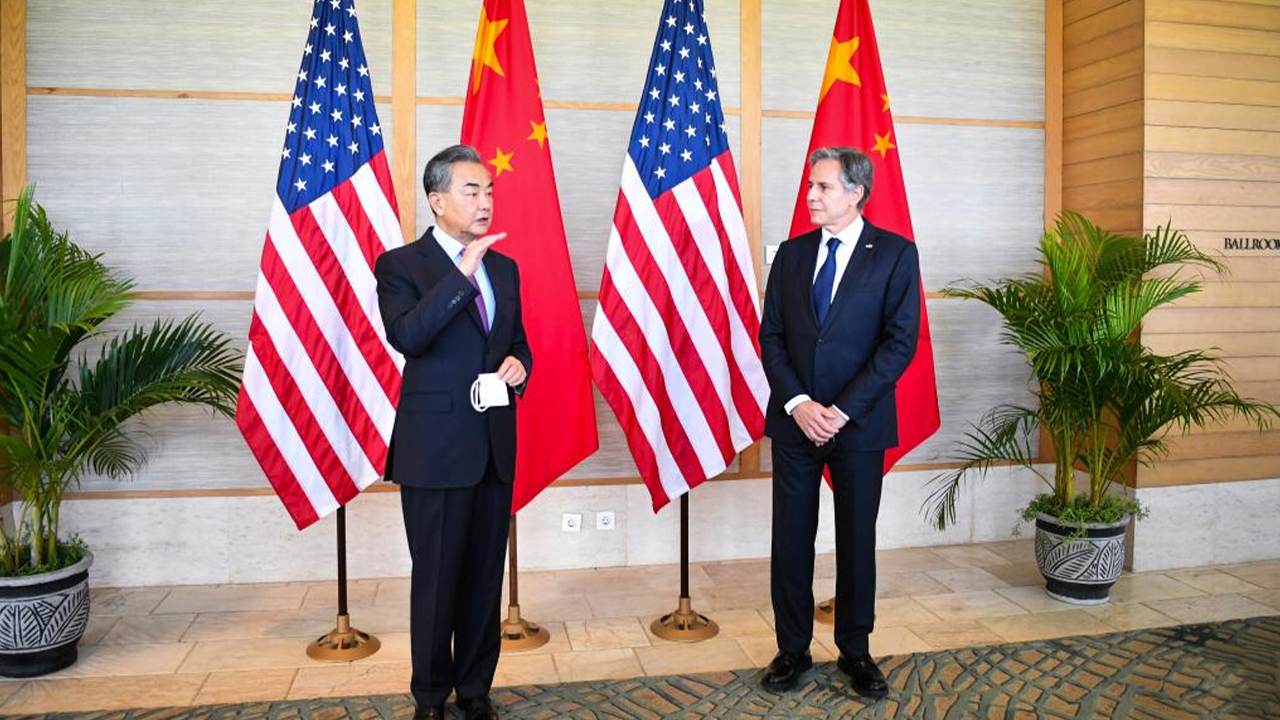
An outlook of China-US relations
All small improvements, such as the recent China-US high-level dialogues, do not show an optimistic outlook of the bilateral relations. China rejects the US narrative, and the US is unlikely to change the policy any time soon, tensions between the two sides will continue.
The key to bringing China-US relations back on normal track is to drop the absurd narrative that China is attempting to reshape the international order. Wang Yi put forward a four-point check-list to Secretary Blinken in an effort to restore China-US relations. The checklist covers Washington’s detrimental China policies, expresses China’s concerns, lists US negative remarks and actions against China, and provides a roadmap for China-US cooperation in eight fields. The substantive improvement of the bilateral relationship depends on the US response.
US Secretary of State Blinken repeatedly asserted the importance of guardrails to avoid possible conflicts. The guardrails, however, are not what the US side describes, but the three China–US Joint Communiques as the Chinese side points out.
The first one, released on February 28, 1972, at the end of President Richard Nixon’s China trip, goes: “There are essential differences between China and the United States in their social systems and foreign policies. However, the two sides agreed that countries, regardless of their social systems, should conduct their relations on the principles of respect for the sovereignty and territorial integrity of all states, non-aggression against other states, non-interference in the internal affairs of other states, equality and mutual benefit, and peaceful coexistence. International disputes should be settled on this basis, without resorting to the use or threat of force. The United States and the Peoples Republic of China are prepared to apply these principles to their mutual relations.”
The above text, agreed by both governments 50 years ago, remains effective. It pinpoints all the troubles in the bilateral relationship, and in doing so, establishes the most effective guardrail.
The Joint Communique follows the UN Charter and its five principles for peaceful coexistence. Strict compliance to those agreed-upon principles will deliver all the necessary guardrails. The social system, ideology and values of China, and economic growth are all the sovereign right of China. Issues around Taiwan, Xinjiang, Hong Kong and Tibet are all China’s internal affairs. On the basis of equality and mutual benefit, the US should work together with China for more cooperation, instead of gathering small groups against China which will bring more conflicts.
Ultimately, Washington needs to make a change to its China policy if it wants to achieve a stable and sound China-US relationship. The ball lies in its court.
The article reflects the author’s opinions, and not necessarily the views of China Focus.
 Facebook
Facebook
 Twitter
Twitter
 Linkedin
Linkedin
 Google +
Google +



